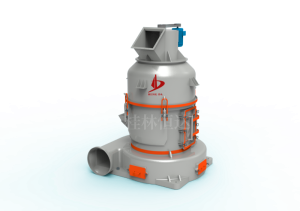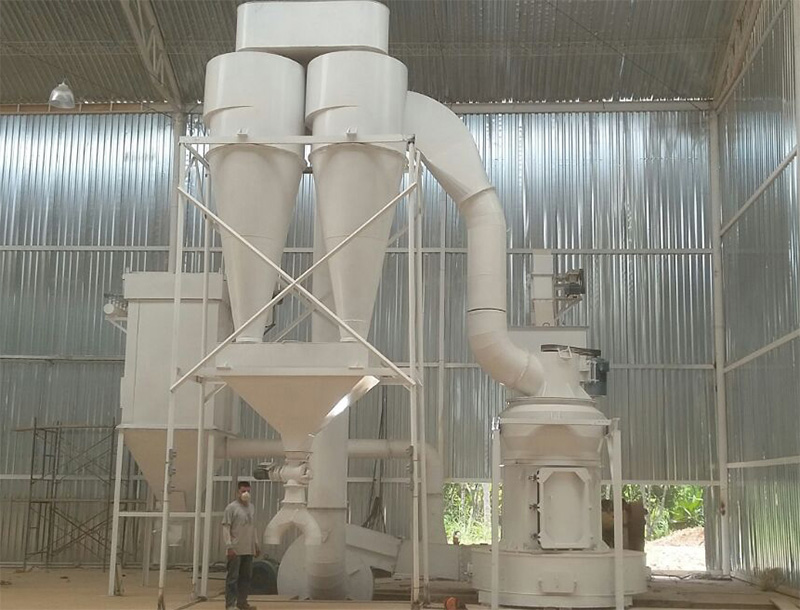What is marble
Marble, also known as marble, is the original rocks in the crust of the metamorphic rock formed under the action of high temperature and high pressure in the crust, the main component of marble is calcium carbonate, accounting for more than 50%, mainly composed of calcite, limestone, serpentine and dolomite. The mohs hardness of marble is between 2.5-5, there are many colors, usually have obvious patterns, generally contain impurities, mineral particles a lot. Relative to granite, marble physical properties are soft, has strong compressive strength and good physical and chemical properties, with the development of economy, marble in people’s production activities played a very important role.
Use of marble
Marble texture soft, beautiful, solemn, elegant style, mainly used for processing into a variety of shaped materials, plates, as the building of the wall, ground, table, column, but also often used for memorial buildings such as monuments, towers, statues and other materials, is the ideal decoration luxury building materials; It can also be carved into arts and crafts, stationery, lamps and lanterns, utensils and other practical works of art, is the traditional material of art carving. In addition, marble in the process of mining, processing of gravel, leftover materials are often used in artificial stone, terrazzo, stone rice, stone powder production, can be used for coating, plastic, rubber and other industries filler.
Marble grinding process
Stage 1: crushing
The marble bulk material is crushed by the crusher to the fineness of the feed into the mill (less than 30mm).
The second stage: material grinding
The broken marble pieces of material is sent to the raw material bin by the elevator, and then sent into the grinding room of the mill by the vibration feeder. After grinding, the grinding materials are graded by the analysis machine. Those whose fineness meets the specifications flow into the big cyclone collector with the wind. After collection, the fineness is discharged into the finished product through the discharge valve.
Stage 3: Storage or packaging of finished products in cans
The finished products discharged from the discharge valve are transported to the finished product tank for storage by pneumatic conveying equipment.
The finished products discharged from the unloading valve are packaged in small packages by double-mouth packaging machine.
③ The finished products discharged from the unloading valve are packed by tons of chartered aircraft.









